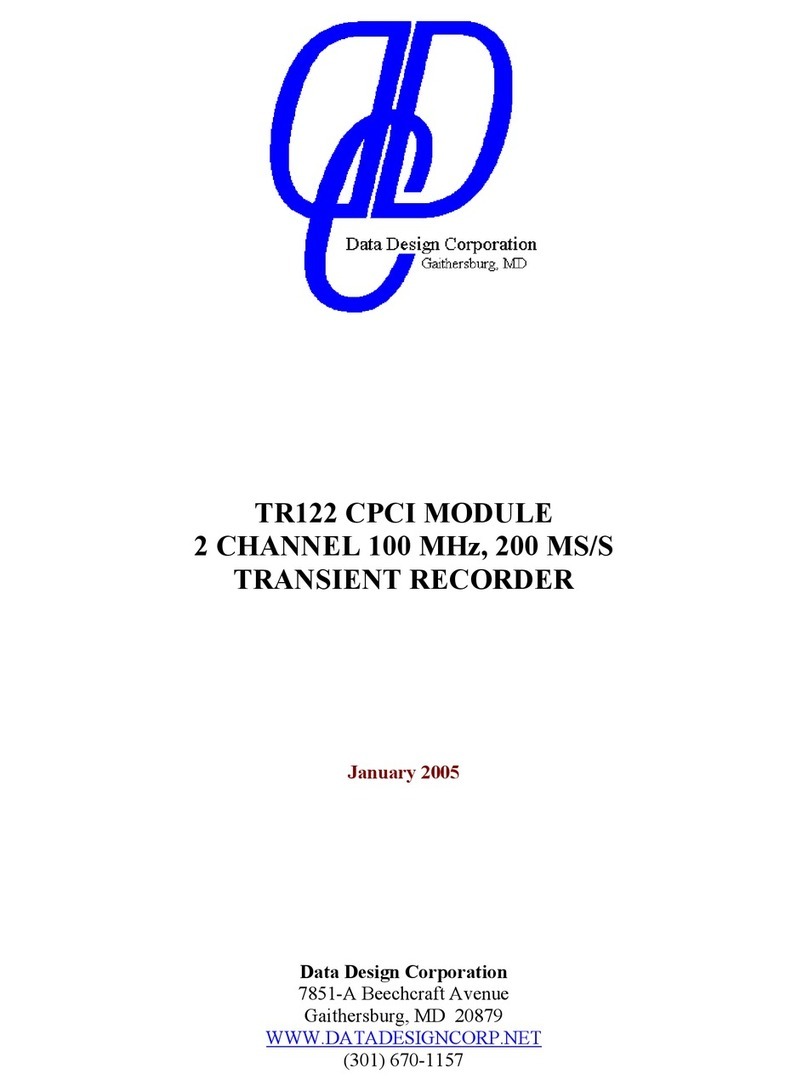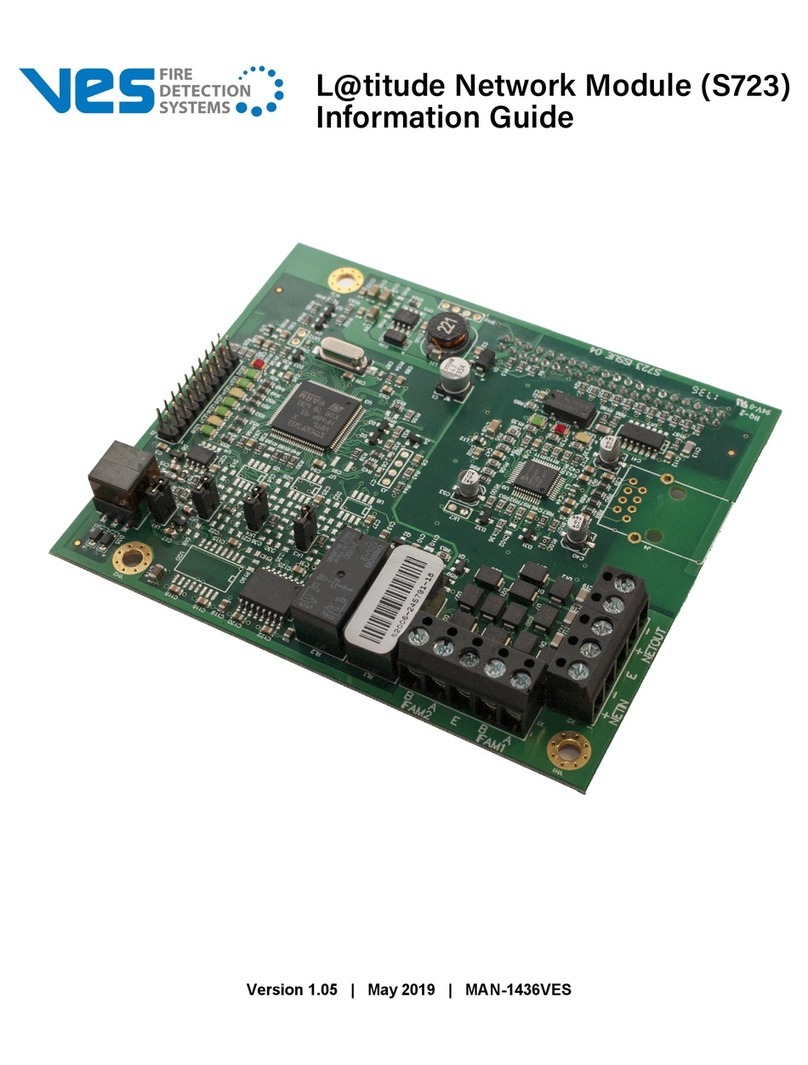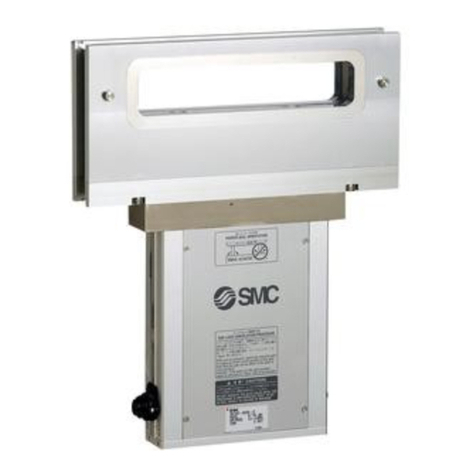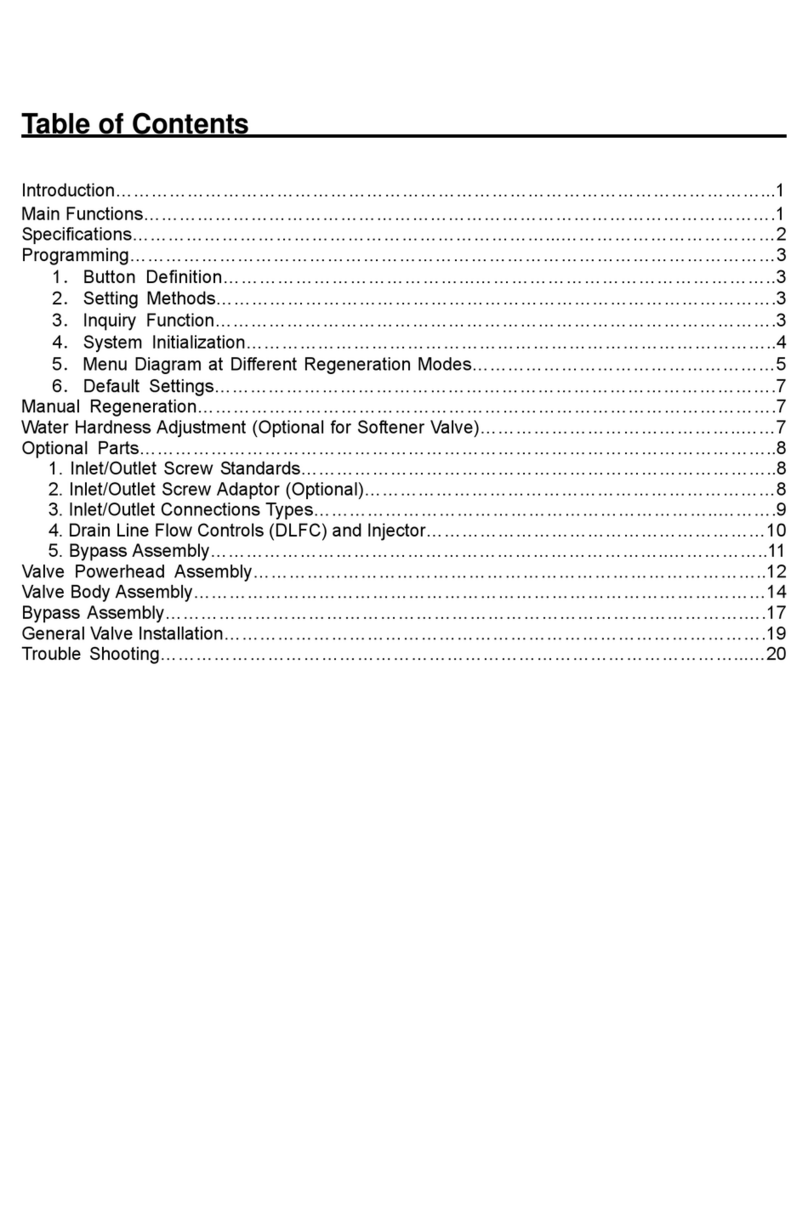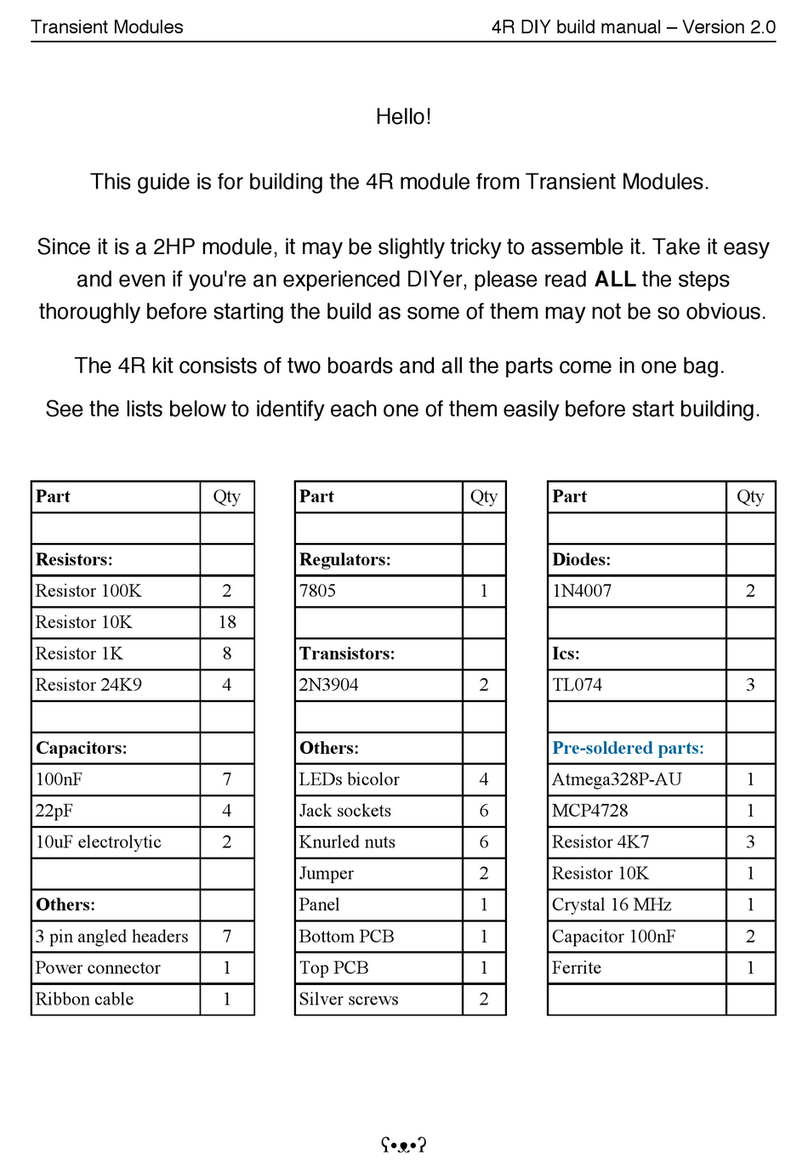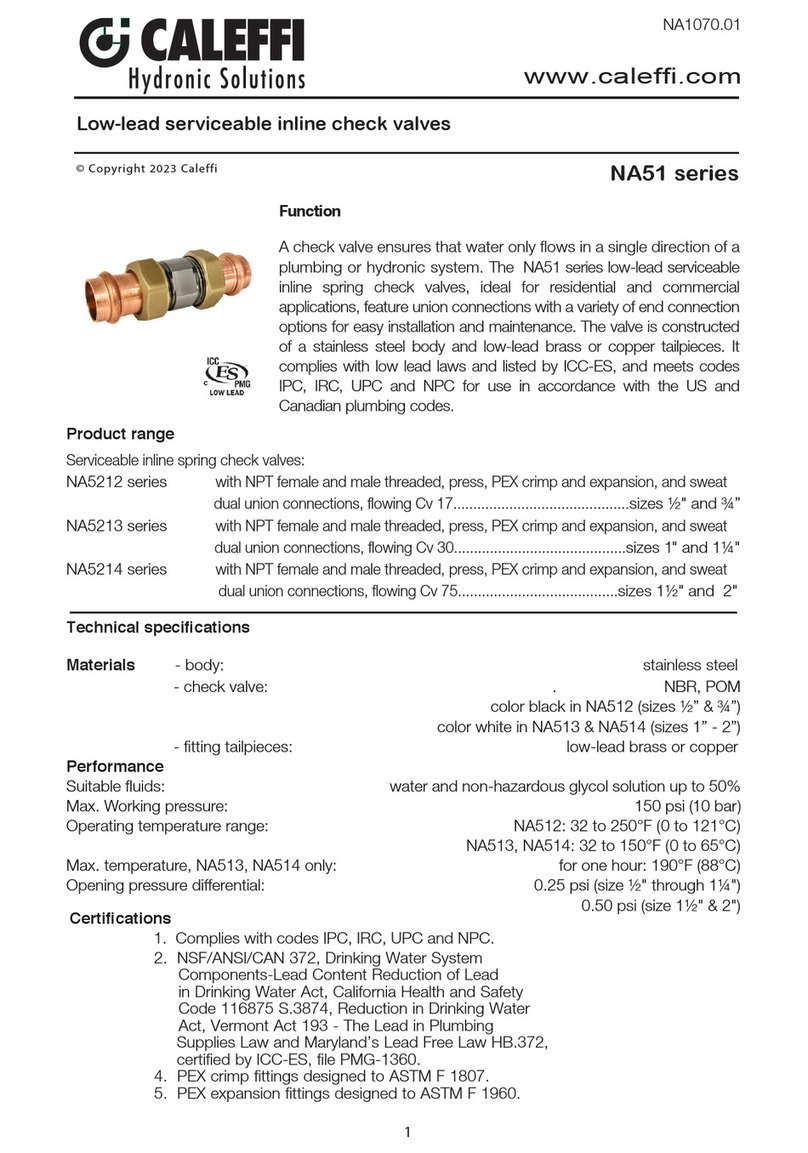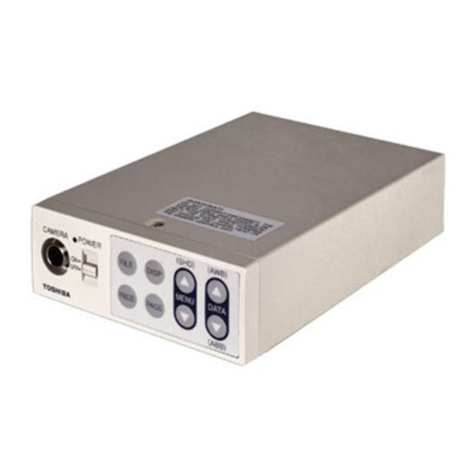Sentient LNG1 User manual

Sentient Energy, Inc. 880 Mitten Road, Ste 105
Burlingame, CA 94010
hone: 650 523-6680
Fax: 650 648-0407
www.sentient-energy.com
User’s Manual
LNG1 Radio Module
Model: LNG1
Description: Radio Module, 915MHz ISM Band, FHSS Mesh Network
Sentient Part Number: 132-0004-01
Revision: 1
Date: May 7, 2014
Introduction
This document summarizes the requirements for properly incorporating the model LNG1 radio
module into Sentient products intended for marketing in the USA and Canada. The following
legally mandated requirements are specified:
1. Antenna type and use
2. RF exposure guidelines
3. End product labeling
4. End product User’s Manual required text
Antenna Requirements - USA
The module has been certified for use with an Inverted F type antenna with a max gain of 3dBi.
The module may be used with any similar Inverted F type antenna whose max gain is 3dBi or
less. An antenna is considered similar (as used here) if it has a similar radiation pattern.
Antenna Requirements - Canada
Under Industry Canada regulations, this radio transmitter may only operate using an antenna of a
type and maximum (or lesser) gain approved for the transmitter by Industry Canada. To reduce
potential radio interference to other users, the antenna type and its gain should be so chosen that
the equivalent isotropically radiated power (e.i.r.p.) is not more than that necessary for successful
communication.
This radio transmitter IC: 9908A-LNG1 has been approved by Industry Canada to operate with
the antenna types listed below with the maximum permissible gain and required antenna
impedance for each antenna type indicated. Antenna types not included in this list, having a gain

User’s Manual - LNG1 Radio Module Sentient Energy, Inc.
Page 2 of 4 May 7, 2014
greater than the maximum gain indicated for that type, are strictly prohibited for use with this
device. 1) Inverted F type -- maximum gain 3dBi -- impedance 50 ohms
RF Exposure - USA
To comply with FCC’s RF radiation exposure requirements, the antenna(s) used for this
transmitter must be installed such that a minimum separation distance of 20 cm is maintained
between the radiating element (antenna) and any user or bystander at all times and must not be
co-located or operating in conjunction with any other antenna or transmitter.
This module is evaluated for stand-alone use only. Finished products incorporating multiple
transmitters must comply with colocation and RF exposure requirements in accordance with
FCC multi-transmitter product procedures.
RF Exposure - Canada
The antenna(s) used for this transmitter must be installed such that a minimum separation
distance of 20 cm is maintained between the radiating element (antenna) and any user or
bystander at all times and must not be co-located or operating in conjunction with any other
antenna or transmitter.
This module is evaluated for stand-alone use only. Finished products incorporating multiple
transmitters must comply with colocation and RF exposure requirements in accordance with
multi-transmitter product procedures.
End Product Labeling
A statement must be included on the exterior of the final product which indicates the product
includes a certified module.
The product contains FCC ID: Z2E-LNG1 and IC: 9908A-LNG1
OR
Contains FCC ID: Z2E-LNG1
Contains IC: 9908A-LNG1
The OEM must include the following statements on the exterior of the finished product unless
the product is too small (e.g. less than 4 x 4 inches):
This device complies with Part 15 of the FCC Rules. Operation is subject to the following
two conditions: (1) this device may not cause harmful interference, and (2) this device
must accept any interference received, including any interference that may cause
undesired operation.

User’s Manual - LNG1 Radio Module Sentient Energy, Inc.
Page 3 of 4 May 7, 2014
End Product User’s Manual - USA
The finished product manual must contain the following statement (or similar statement which
conveys the same meaning):
WARNING: Changes or modifications not expressly approved by the party responsible
for compliance could void the user’s authority to operate the equipment
In the case where an OEM seeks class B (residential) limits for the host product, the finished
product manual must contain the following statement:
Note: This equipment has been tested and found to comply with the limits for a Class B
digital device, pursuant to part 15 of the FCC Rules. These limits are designed to provide
reasonable protection against harmful interference in a residential installation. This
equipment generates, uses and can radiate radio frequency energy and, if not installed
and used in accordance with the instructions, may cause harmful interference to radio
communications. However, there is no guarantee that interference will not occur in a
particular installation. If this equipment does cause harmful interference to radio or
television reception, which can be determined by turning the equipment off and on, the
user is encouraged to try to correct the interference by one or more of the following
measures:
•Reorient or relocate the receiving antenna.
•Increase the separation between the equipment and receiver.
•Connect the equipment into an outlet on a circuit different from that to which the
receiver is connected.
•Consult the dealer or an experienced radio/TV technician for help.
In the case where an OEM seeks the lesser category of a Class A digital device for their finished
product, the following statement must be included in the User’s Manual of the finished product:
Note: This equipment has been tested and found to comply with the limits for a Class A
digital device, pursuant to part 15 of the FCC Rules. These limits are designed to provide
reasonable protection against harmful interference when the equipment is operated in a
commercial environment. This equipment generates, uses, and can radiate radio
frequency energy and, if not installed and used in accordance with the instruction
manual, may cause harmful interference to radio communications. Operation of this
equipment in a residential area is likely to cause harmful interference in which case the
user will be required to correct the interference at his expense.
End Product User’s Manual - Canada
The OEM must include the following regulatory statements (shown in italics) in both English
and French on the exterior of the finished product and/or in the product’s User’s Guide:
This device complies with Industry Canada license-exempt RSS standard(s). Operation is
subject to the following two conditions: (1) this device may not cause interference, and

User’s Manual - LNG1 Radio Module Sentient Energy, Inc.
Page 4 of 4 May 7, 2014
(2) this device must accept any interference, including interference that may cause
undesired operation of the device.
Le présent appareil est conforme aux CNR d'Industrie Canada applicables aux appareils
radio exempts de licence. L'exploitation est autorisée aux deux conditions suivantes : (1)
l'appareil ne doit pas produire de brouillage, et (2) l'utilisateur de l'appareil doit
accepter tout brouillage radioélectrique subi, même si le brouillage est susceptible d'en
compromettre le fonctionnement.
Table of contents
Popular Control Unit manuals by other brands
Beast-Tek Instruments
Beast-Tek Instruments PIXEL DRUM v1.3 Build guide
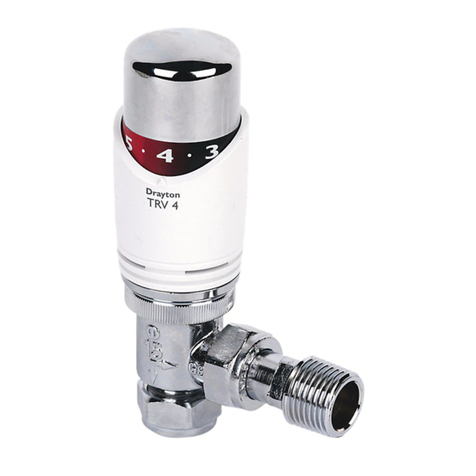
Drayton
Drayton TRV4 operating instructions
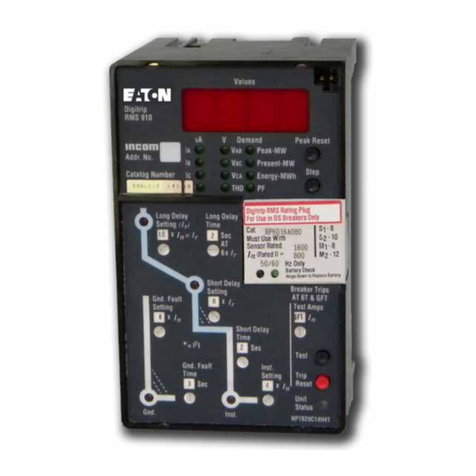
Eaton
Eaton Digitrip RMS 910 Instruction leaflet

Racal Instruments
Racal Instruments 1260-43 user manual
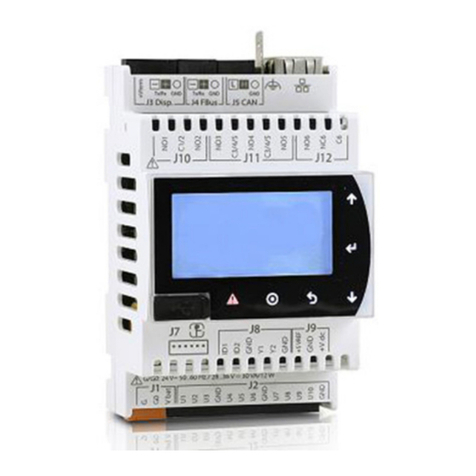
Olimpia splendid
Olimpia splendid SiOS Configuration manual
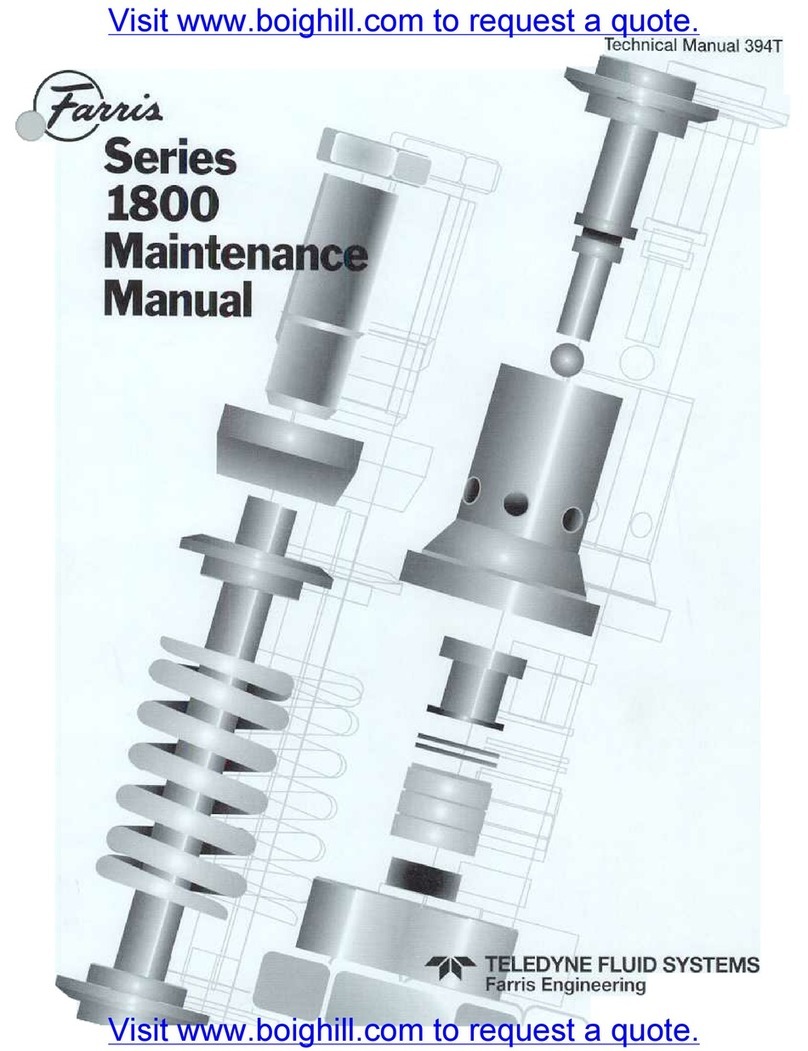
Farris Engineering
Farris Engineering 1800 Series Maintenance manual

